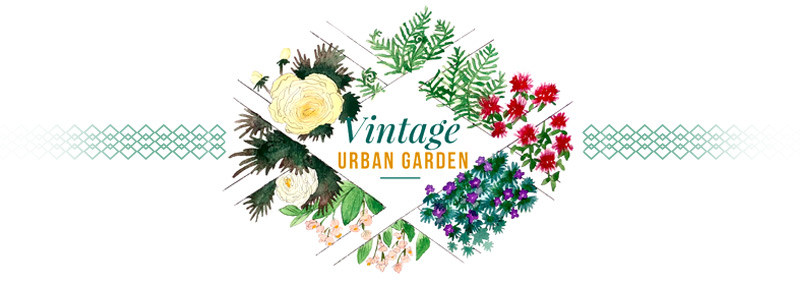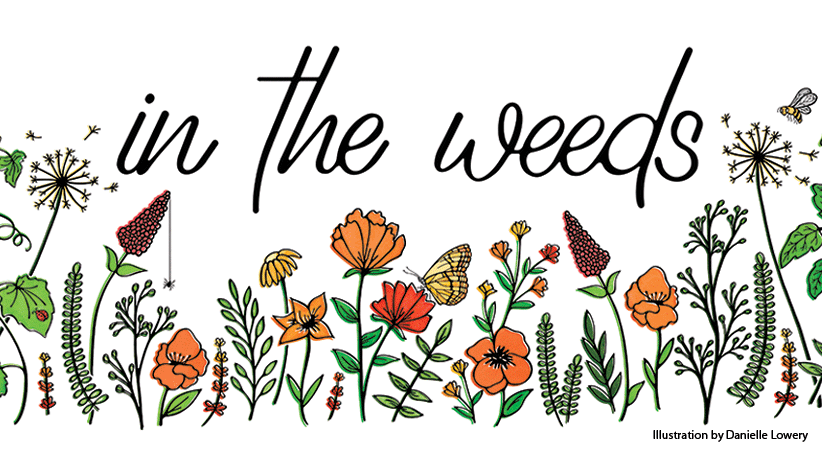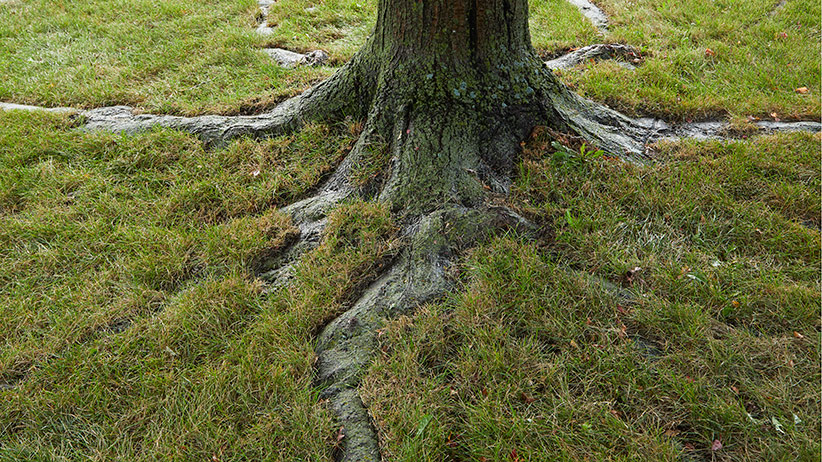
Did anybody else imagine a much more aggressive gardening task when they first heard the term deadhead? Despite being the most menacing member of the garden vocabulary, deadheading is actually a pretty tame task. It's not hard to do (although sometimes can be tedious). In fact, I've decided to award it the "don't-even-need-to-wait-until-naptime" seal of approval.
What does it mean to deadhead your plants?
Some flowers bloom and fade nicely without you ever noticing that they've vanished. But more often, flowers fade and the dried petals or seedheads stick around and are frankly just terrible to look at. Deadheading is the process of removing spent flowers. Sometimes it's as easy as pinching the stem off with your fingers. Other times you might need to get out the power tools. Mostly, though, you just need some sharp scissors, snips or pruners to get the job done.
Do you have to deadhead?
Many gardeners might view deadheading as a necessary part of their gardening routines, others might find it too time-consuming to be worth it. It depends on how tidy you prefer your space to look or how many blooms you want to coax out of a plant. (You can often get a second wave of flowers if you deadhead the first round.) Sometimes gardeners purposely don't deadhead so that they can enjoy the interesting texture that dried seedheads can bring to the scene or to let the flowers produce and drop their seeds — because we all want more plants, of course!
I like to do all of those things. So as I was working through the garden this week, I was inspired to show you some of the different techniques I use on my plants.
You May Also Like:
Perennial Deadheading Guide
Container Plants That Don’t Need Deadheading
Reblooming Plants For Your Garden
Deadheading Chloe's garden
My garden is in one of those in-between stages: After an overload of flowers, not much has been going on. I figured I could tidy up my beds so that the few plants that are blooming can have the full attention and not be surrounded by a distracting mess. Here's a list of some of the spring-blooming plants I fancied up (I'll give you the details for a few of them below):
- Pincushion flower (Scabiosa hybrid)
- Groundcover rose (Rosa hybrid)
- Columbine (Aquilegia hybrid)
- Cape daisy (Osteospurmum hybrid)
- Cineraria (Pericallis hybrid)
- Bishop's weed (Aegopodium podagraria)
- Salvia (Salvia farinacea)

Deadheading pincushion flower
I love this little sweetie. It's a shortie, but it has produced so many flowers since it was planted a couple months ago. The trick to deadheading pincushion flower is to avoid accidentally removing the budding new flowers.

See in the photo above how the spent flower on the left has a few dried petals hanging on and is bigger and hairier? The bud on the right is fresh and tender-looking and is showing a little more color.

How to deadhead:
Use snips or pruners to cut where the stem of the flower attaches to another main stem. Easy!

Why did I deadhead it?
Aside from the plant starting to look a little messy, I also wanted to encourage more flowers by removing the spent ones.

Deadheading Drift® ground cover rose
Next up was my ground cover rose. I have all the heart eyes for this plant. You can see in the photo it has a lot of colors going on. The buds are apricot, the flowers emerge a peachy-pink with a yellow center, and they age to what you see here.

How to deadhead:
See where my glove is pointing in the photo? (You'll need garden gloves for this prickly task.) That leaf has 5 small leaflets on it, unlike the leaf higher up which only has three. Another shoot full of blooms is likely to emerge by this leaf with the 5 leaflets. Cut the rose back to just above this leaf with your pruners.
Why did I deadhead it?
Technically, this variety of rose is self cleaning, so the petals remove themselves really easily. But I was getting impatient. And I am hoping it will encourage more vigorous blooming the rest of the season. We'll see!

Deadheading columbine
I have these lovely soft yellow columbines all around my garden. They are happy reseeders. They drape over my front walkway in such a sweet way, I can't help but leave them there. But when they've almost finished blooming, like these here, its time to chop chop. Simply cut the flowering stems back to the base with snips or scissors.
At the bottom of this post, I'll show you what I did with the deadheaded flowers of this one. Also, if you visit my instagram page, @VintageUrbanGarden, you'll see a video of me deadheading this columbine. It's pretty satisfying to watch them get tidied up!

Deadheading bishop's weed
I am such a fan of flat-topped, white flower clusters such as the ones bishop's weed produces. But, this attractive plant is a pain in my garden. It spreads by runners and by seed. So to keep it under control, I have to keep the flowers from setting and dropping their seed. See in the photo that one of the clusters is finished blooming and setting seed? It's the one that is pale green. It's a tricky little dance and requires some careful monitoring, but if I can let the flowers start to develop seed before snipping (but also make sure I snip before the seeds mature and start to drop), it helps prevent more flowers from being produced.
So I clip these flowers off and throw them in the trash so there is no way they will be sticking around.
Why did I deadhead it?
As I mentioned, this plant is taking over my garden. I'm trying to control the spread by removing the flowers.
What plants did I skip?
Some perennials produce seedheads (which come after the flower has faded) that have interesting texture and shape and are actually assets to the garden. I am keeping some of those around.

Leave Siberian iris seedheads
If you look to the photo above you can see a spent Siberian iris flower on the left and a seedhead developing after a flower on the right. They aren't gorgeous right now, but the seedheads slowly dry to a deep brown and last through fall and winter. Along with the copper colored foliage, they add some color into winter. But it looks like the spent flower on the left isn't producing a seedhead, the stem is browning, so I clipped that one back to the base to tidy it up.

Wild indigo
I've heard that wild indigo can create some interesting seedheads. This is my first year growing it, so I'll leave the seedheads and see what develops.

Waste not!
There were still a handful of blooms on my columbine plants. I couldn't just throw them. I found a small vase and grabbed a few more dainty flowers to make this simple little bouquet. Squeezing all of the beauty I can out of my little garden!
Check Out My Previous Posts:
My Entryway containers | Vintage Urban Garden
My Garden’s Story | Vintage Urban Garden


















